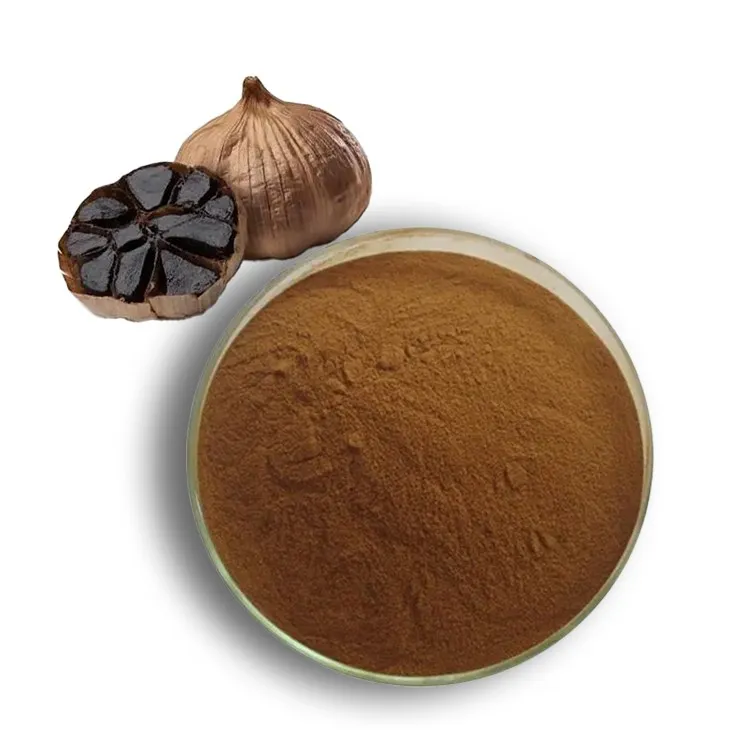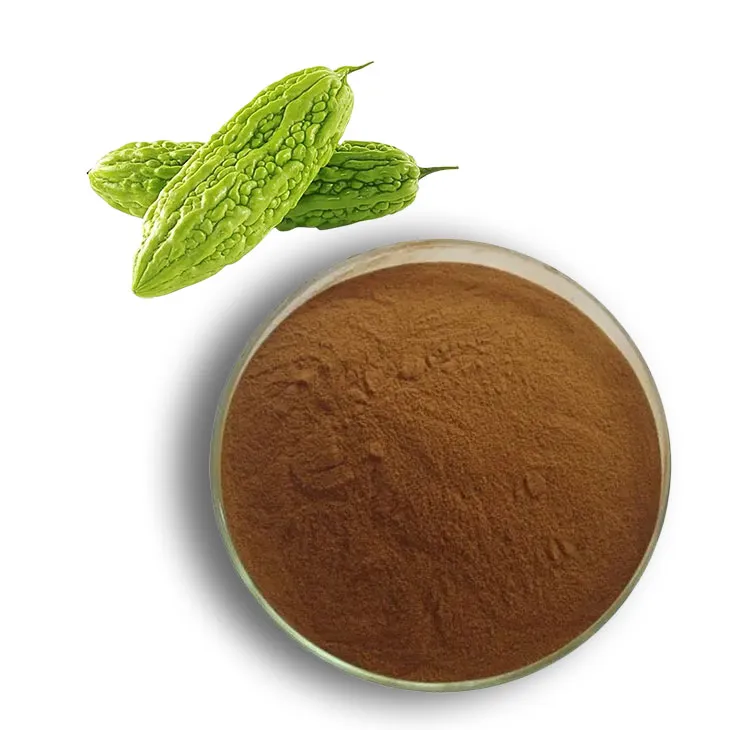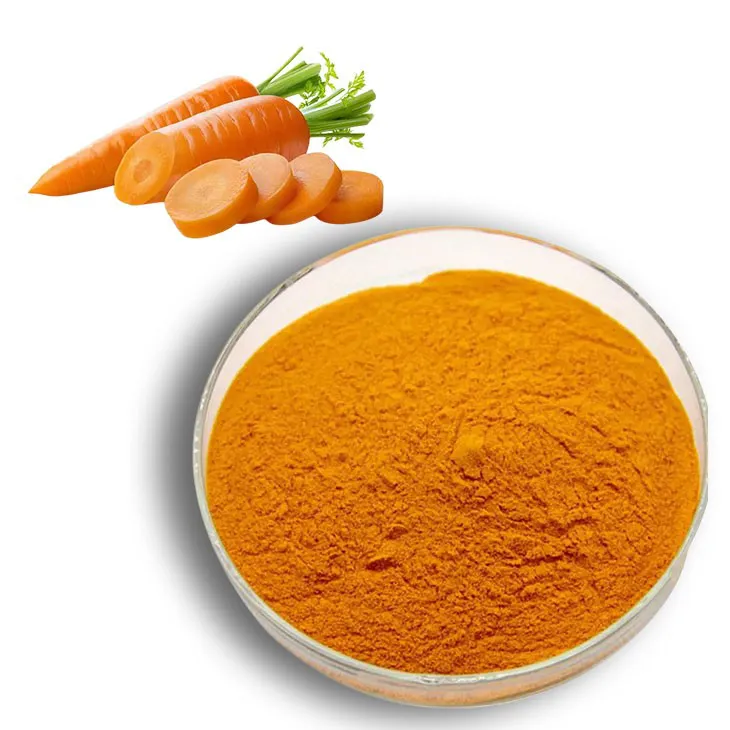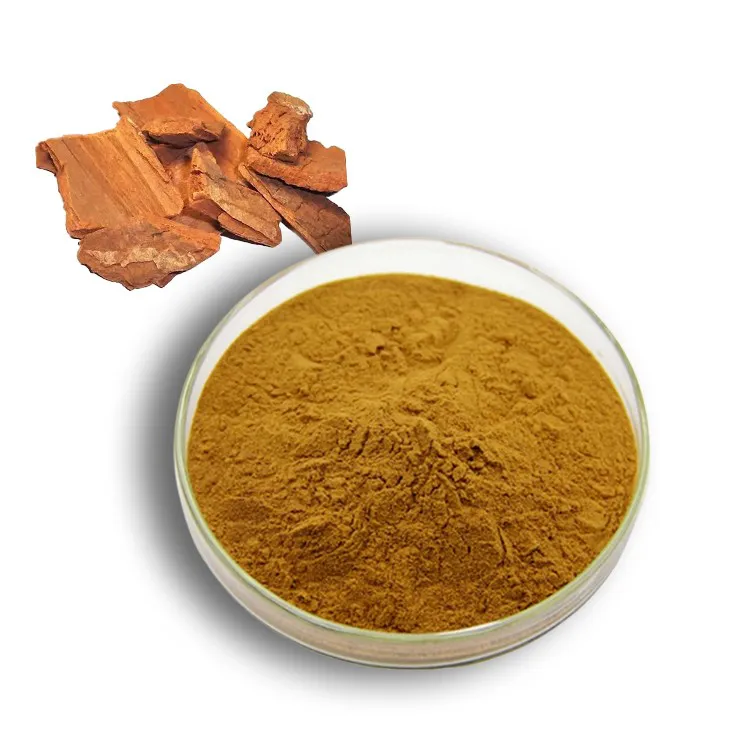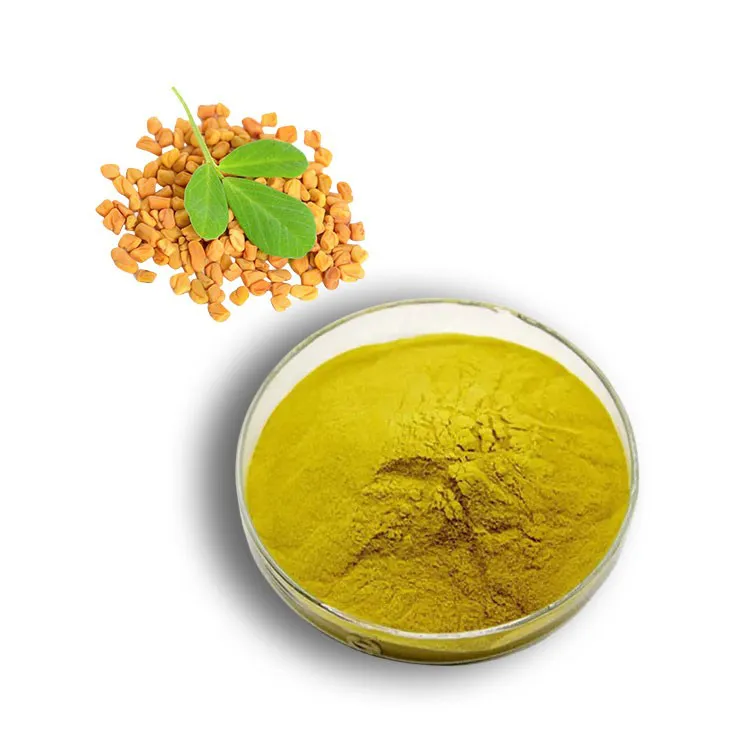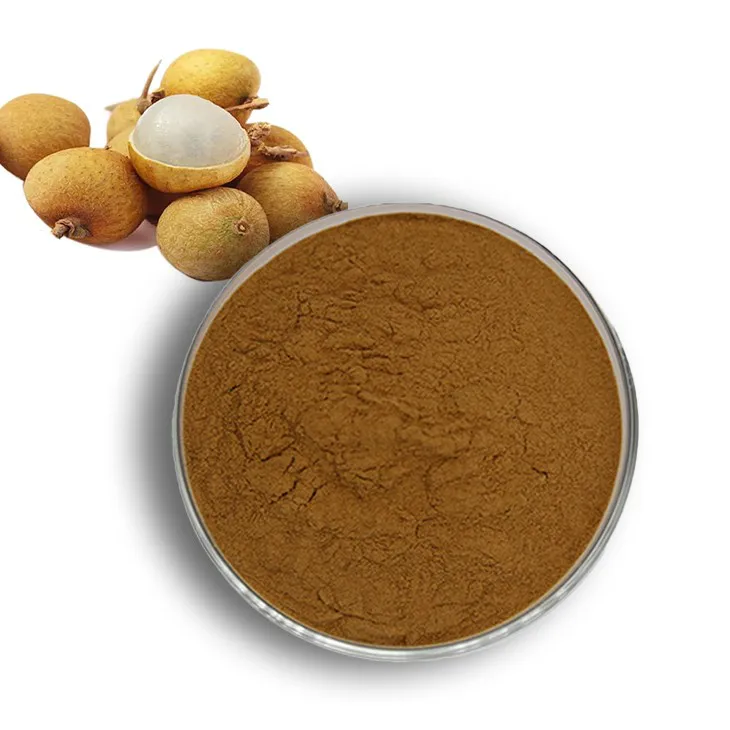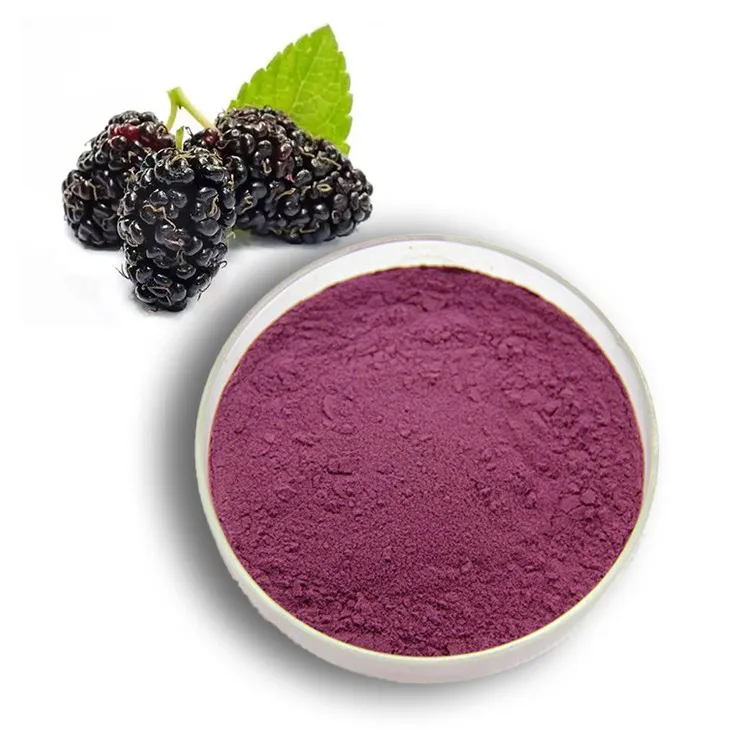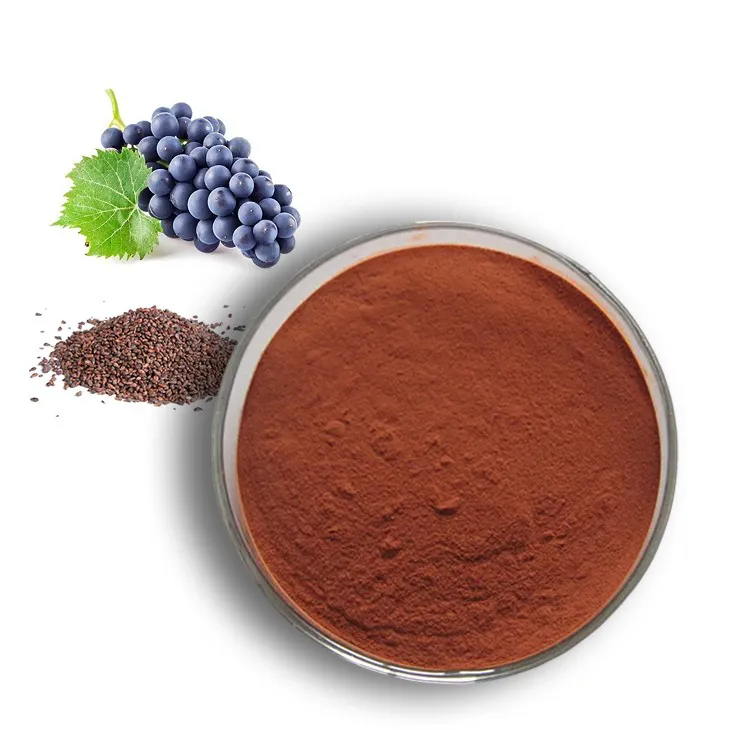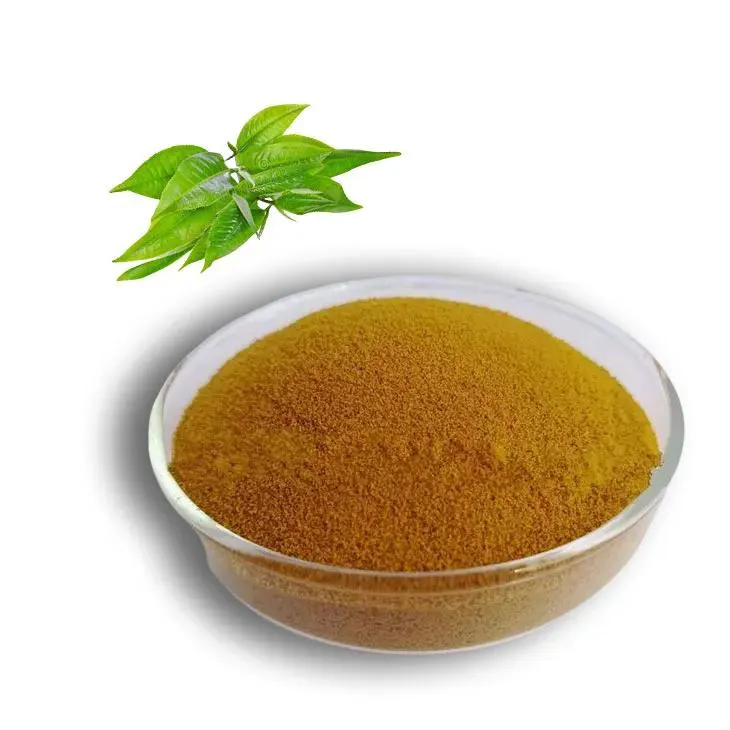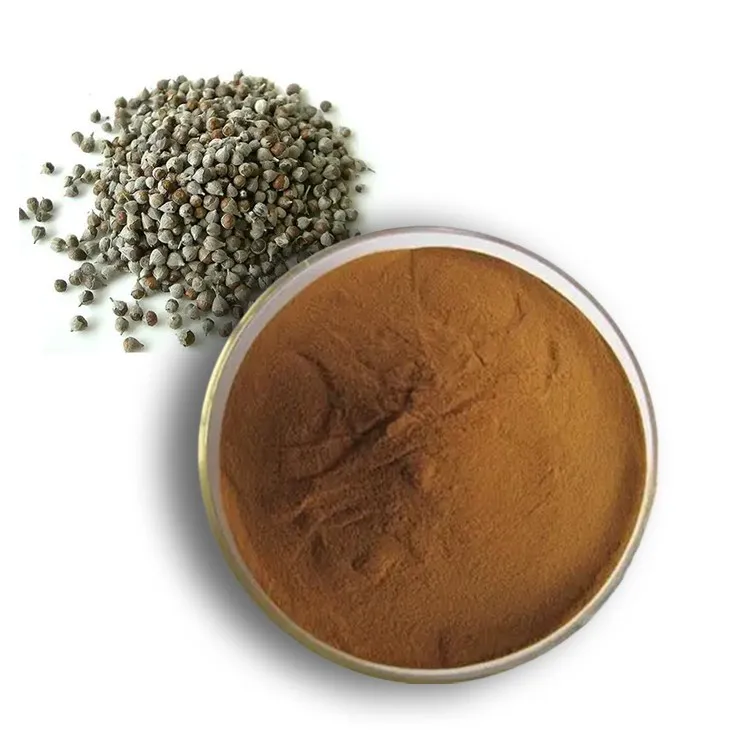- 0086-571-85302990
- sales@greenskybio.com
The Ancient Roots of Cocoa: A Journey Through History and Origin
2024-07-04
1. Introduction
Cocoa, a beloved ingredient in our modern world, has a history that stretches back thousands of years. It has not only tantalized taste buds but also played significant roles in different cultures, economies, and social structures. This article will take you on a journey to uncover the ancient roots of cocoa, from its origin to its modern - day transformation.
2. The Origin of Cocoa
Cocoa is native to the tropical regions of the Americas. Theobroma cacao, the scientific name for the cocoa tree, was first domesticated in Mesoamerica. Archaeological evidence suggests that the cultivation of cocoa may have begun as early as 1500 - 1400 BC in present - day Mexico and Guatemala.
The ancient Maya and Aztec civilizations were among the first to cultivate and use cocoa. For these civilizations, cocoa was not just a food but also held a spiritual and cultural significance. It was often associated with the gods and was used in religious ceremonies.
3. Cocoa in the Maya Civilization
3.1. Cultivation and Harvesting
The Maya were highly skilled in cocoa cultivation. They grew cocoa trees in the shade of larger trees, a method still used in some parts of the world today. The cocoa pods were harvested when they were ripe, which was a carefully timed process. Workers had to be vigilant to ensure that the pods were picked at the right moment to obtain the best quality beans.
3.2. Preparation and Consumption
Once harvested, the Maya processed the cocoa beans in a unique way. They fermented the beans, which enhanced their flavor. After fermentation, the beans were dried and roasted. The roasted beans were then ground into a paste, which was mixed with water, spices, and sometimes honey. This resulting drink was a thick, bitter - sweet concoction that was highly prized.
Xocolatl, as the Maya called it, was consumed by the elite in the society. It was often served in elaborate vessels during special occasions and ceremonies. The act of drinking cocoa was a symbol of status and wealth among the Maya.
4. Cocoa in the Aztec Civilization
4.1. Significance in Aztec Society
In the Aztec civilization, cocoa was equally important. It was considered a gift from the god Quetzalcoatl. The Aztec emperor, Moctezuma II, was known for his love of cocoa. He reportedly drank large quantities of a cocoa - based drink daily.
Cocoa was used as a form of currency in the Aztec empire. Beans were exchanged for goods and services, and their value was carefully regulated. This shows the high esteem in which cocoa was held in Aztec society.
4.2. Aztec Cocoa Recipes
The Aztec cocoa drink was different from that of the Maya. It was often spiced with chili peppers, which gave it a unique, spicy flavor. The Aztecs also added vanilla, cinnamon, and other local spices to their cocoa drinks. These drinks were consumed hot and were believed to have medicinal properties.
5. The Spread of Cocoa to Europe
The arrival of cocoa in Europe was a significant event in the history of this beloved ingredient. It was brought to Europe by the Spanish conquistadors in the 16th century. Hernán Cortés, in particular, played a major role in introducing cocoa to the Spanish court.
5.1. Initial Reception in Europe
Initially, Europeans were not quite sure what to make of this strange new drink. The bitter taste of the traditional cocoa drink was unfamiliar to them. However, as they experimented with adding sugar, milk, and other ingredients, the popularity of cocoa began to grow.
5.2. Cocoa in the Courts of Europe
Cocoa quickly became a fashionable drink in the courts of Europe. It was associated with luxury and refinement. The wealthy aristocracy would gather to drink cocoa in elaborate settings, often served in fine porcelain cups. This trend soon spread to other parts of Europe, and cocoa houses began to appear in major cities.
6. Cocoa in the Colonial Era
During the colonial era, cocoa became an important crop in the colonies. European powers, such as Spain, Portugal, and later the Dutch and the English, established cocoa plantations in their colonies in the Americas, Africa, and Asia.
6.1. Plantations in the Americas
In the Americas, large - scale cocoa plantations were set up. However, the labor on these plantations was often provided by slaves. This led to a complex and often tragic history of exploitation. The cocoa plantations in the Americas were a major source of cocoa for the European market for many years.
6.2. Expansion to Africa and Asia
As the demand for cocoa grew, European powers began to look for new areas to cultivate it. Africa and Asia became important regions for cocoa production. In Africa, countries like Ghana and Ivory Coast are now major cocoa producers. In Asia, countries such as Indonesia also have significant cocoa plantations.
7. The Industrial Revolution and Cocoa
The Industrial Revolution had a profound impact on the cocoa industry. New technologies were developed for processing cocoa, which made it more accessible and affordable.
7.1. Advances in Processing
With the invention of new machinery, the process of grinding cocoa beans, separating the cocoa butter from the cocoa solids, and making chocolate became more efficient. This led to the mass production of chocolate products, such as bars, bonbons, and cocoa powder.
7.2. Changing Consumption Patterns
As chocolate became more affordable, it ceased to be a luxury item only for the wealthy. The middle class and even the working class could now enjoy chocolate. This led to a significant increase in the consumption of cocoa - based products.
8. Cocoa in Modern Times
In modern times, cocoa has continued to evolve. It is now used in a wide variety of products, from traditional chocolates to innovative desserts, beverages, and even beauty products.
8.1. Culinary Innovations
Chefs around the world are constantly experimenting with cocoa in their recipes. Cocoa is being used in savory dishes, as well as in new and unique sweet treats. For example, cocoa - infused sauces are being paired with meats, and cocoa - flavored ice creams with unusual ingredients are becoming popular.
8.2. Cocoa in the Global Economy
Cocoa is a major commodity in the global economy. The countries that produce cocoa rely on it for a significant portion of their export earnings. However, the cocoa industry also faces challenges, such as price fluctuations, issues related to fair trade, and environmental concerns.
9. Conclusion
Cocoa has come a long way from its ancient roots in Mesoamerica. It has been shaped by different cultures, historical events, and technological advancements. Today, it remains a beloved ingredient that continues to bring joy to people around the world. Understanding its history helps us appreciate the significance of cocoa not only as a delicious treat but also as an important part of our global heritage.
FAQ:
Where was cocoa first cultivated?
Cocoa was first cultivated in Mesoamerica. The ancient Maya and Aztec civilizations were among the first to grow cocoa trees. These regions had the ideal climate and soil conditions for cocoa cultivation. The Maya civilization, in particular, had a long - standing relationship with cocoa, using it in various aspects of their culture, including in religious ceremonies and as a form of currency.
How did cocoa become part of different cultures?
Cocoa became part of different cultures through trade, exploration, and conquest. When the Spanish conquistadors arrived in the Americas, they encountered cocoa and were intrigued by it. They brought cocoa back to Europe, where it was initially regarded as a strange and exotic beverage. Over time, as its popularity grew, it was adapted to European tastes and incorporated into their cuisine. In Mesoamerica, cocoa was deeply ingrained in the indigenous cultures. For example, among the Aztecs, it was a luxury item reserved for the elite and was used in important religious and social rituals.
What was the significance of cocoa in ancient civilizations?
In ancient civilizations like the Maya and Aztec, cocoa held great significance. It was not just a food or beverage but had a spiritual and cultural dimension. For the Maya, cocoa was associated with the gods and was often used in offerings. Among the Aztecs, it was so highly prized that it was used as a form of currency. Cocoa beans were carefully counted and traded for other goods, such as food, clothing, and slaves. It also played a role in social status, with the wealthy having greater access to cocoa - based products.
How has cocoa been transformed in modern times?
In modern times, cocoa has been transformed in numerous ways. Technological advancements have allowed for more efficient cultivation, harvesting, and processing of cocoa beans. It has become a major ingredient in the global confectionery industry, being used to make chocolate in all its forms - from bars to truffles. There has also been an increased focus on the quality and origin of cocoa, with the rise of single - origin and fair - trade chocolates. Additionally, cocoa is now used in a wide range of non - chocolate products, such as cosmetics and pharmaceuticals, due to its antioxidant properties.
What are the main challenges in cocoa cultivation today?
Today, cocoa cultivation faces several challenges. One of the main issues is disease, such as the fungal disease known as witches' broom, which can severely damage cocoa trees. Pests also pose a threat, reducing yields. Climate change is another significant challenge, as changes in temperature and rainfall patterns can affect the growth and productivity of cocoa trees. Additionally, there are social and economic challenges, including low prices for cocoa farmers in some regions, which can lead to poverty and a lack of investment in sustainable cultivation practices.
Related literature
- The True History of Chocolate"
- "Cocoa: Ancient and Modern"
- "The Origins of Cocoa: A Historical and Botanical Perspective"
- ▶ Hesperidin
- ▶ Citrus Bioflavonoids
- ▶ Plant Extract
- ▶ lycopene
- ▶ Diosmin
- ▶ Grape seed extract
- ▶ Sea buckthorn Juice Powder
- ▶ Fruit Juice Powder
- ▶ Hops Extract
- ▶ Artichoke Extract
- ▶ Mushroom extract
- ▶ Astaxanthin
- ▶ Green Tea Extract
- ▶ Curcumin
- ▶ Horse Chestnut Extract
- ▶ Other Product
- ▶ Boswellia Serrata Extract
- ▶ Resveratrol
- ▶ Marigold Extract
- ▶ Grape Leaf Extract
- ▶ New Product
- ▶ Aminolevulinic acid
- ▶ Cranberry Extract
- ▶ Red Yeast Rice
- ▶ Red Wine Extract
-
Black Garlic Extract
2024-07-04
-
Bitter Melon Extract
2024-07-04
-
Beta Carotene
2024-07-04
-
Yohimbine Bark Extract
2024-07-04
-
Fenugreek Extract Powder
2024-07-04
-
Longan Extract
2024-07-04
-
Mulberry Extract
2024-07-04
-
Natural grape seed extract
2024-07-04
-
Green Tea Extract
2024-07-04
-
Chaste Berry Extract
2024-07-04











